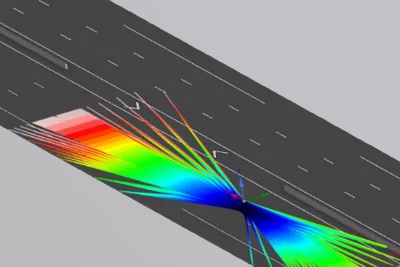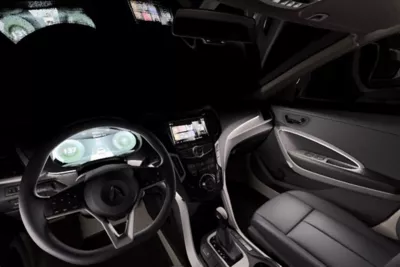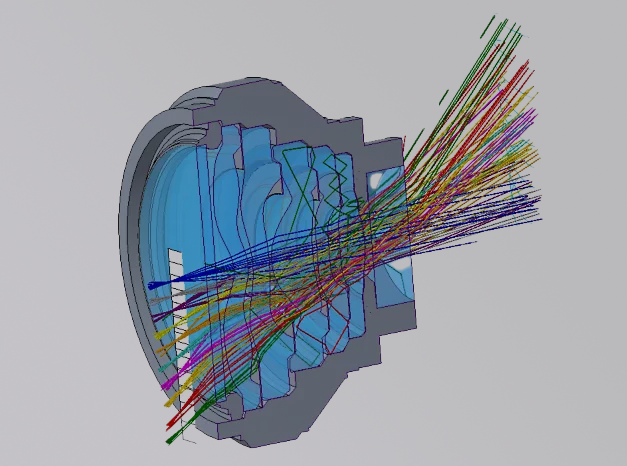Why Choose Ozen Engineering for Optics and Photonics Consulting?
At Ozen Engineering, we provide expert optical and photonics consulting services that harness the power of Ansys Lumerical alongside Zemax and Speos. Our optics and photonics simulation consultants blend deep technical expertise with a comprehensive understanding of systems design and optimization.
Our solutions include:
- Comprehensive Optical Design
Utilize Lumerical, Zemax, and Speos for advanced Nano-Chip, Optical, and System Design such as PICs, ray tracing, lens design, and simulation, ensuring precise analysis and evaluation of optics and photonic systems.
- Real-World Simulation and Perception
Leverage Ansys physics-based imaging software to assess product appearance under diverse lighting conditions, ensuring superior perceived quality in virtual environments.
- Advanced Photonic Simulation Expertise
Seamlessly integrate circuit-level simulation, nanophtonic component simulation, 3D CAD environment, EPDA workflows, automation, comprehensive laser workflows, photonic inverse design, and compact model generation tools for efficient and precise photonics design.
- Integrated Optimization and Workflow Solutions
Ansys integration for Speos and OptiSLang to bridge nanophotonic simulation with macroscale environments, enabling advanced optimization, sensitivity analysis, and design workflows across display, image-sensor, and modulator applications.
Ansys Lumerical
Lumerical offers an integrated set of tools to model Photonic Integrated Circuit, optimize photonics components. Our consultants enhance electro-optical modulator designs and perform quantum well analysis for next-gen lasers and modulators. Our Multiphysics packages delves into semiconductor device behaviors, addressing everything from charge transport to quantum effects for comprehensive analysis. From optimizing AR/VR optical components to advancing fiber-optic communications, our MODE expertise sets the standard.
- Photonic Integrated Circuit Design
- Analysis for next-gen lasers and modulators
- Waveguide design and loss analysis
- Opto-Electronic uLEDs
- Optical Transceiver Design
- Solar Cell Optimization
- Full KLayout Multiphysics Integration
- GPU for FDTD improvements
- Metalens Design
- Optical Coupling CPO


Ansys Zemax Expertise
Discover new ways to turn innovative ideas into products that shape the world. Ansys Zemax is the standard for optical, illumination, and laser system design in leading companies throughout the optics industry and at universities around the world.
- Optical Design and Analysis
- Ray Tracing
- Lens Design
- Aberration Analysis
- Illumination Design
- Critical Opto-mechanical Component Selection
- Stray Light Analysis
- Integration with CAD Software
- Tolerance Analysis
- Filter and Coating Analysis
- Export and Documentation
Ansys Speos Consulting
Experience light simulation for optical system optimization and validation in an intuitive and comprehensive user interface within a multiphysics environment.
- Lighting System Performance
- Optical Design Optimization
- Illumination Optimization
- Human Vision
- Simulate Sensor Vision
- HUD Design and Analysis

















